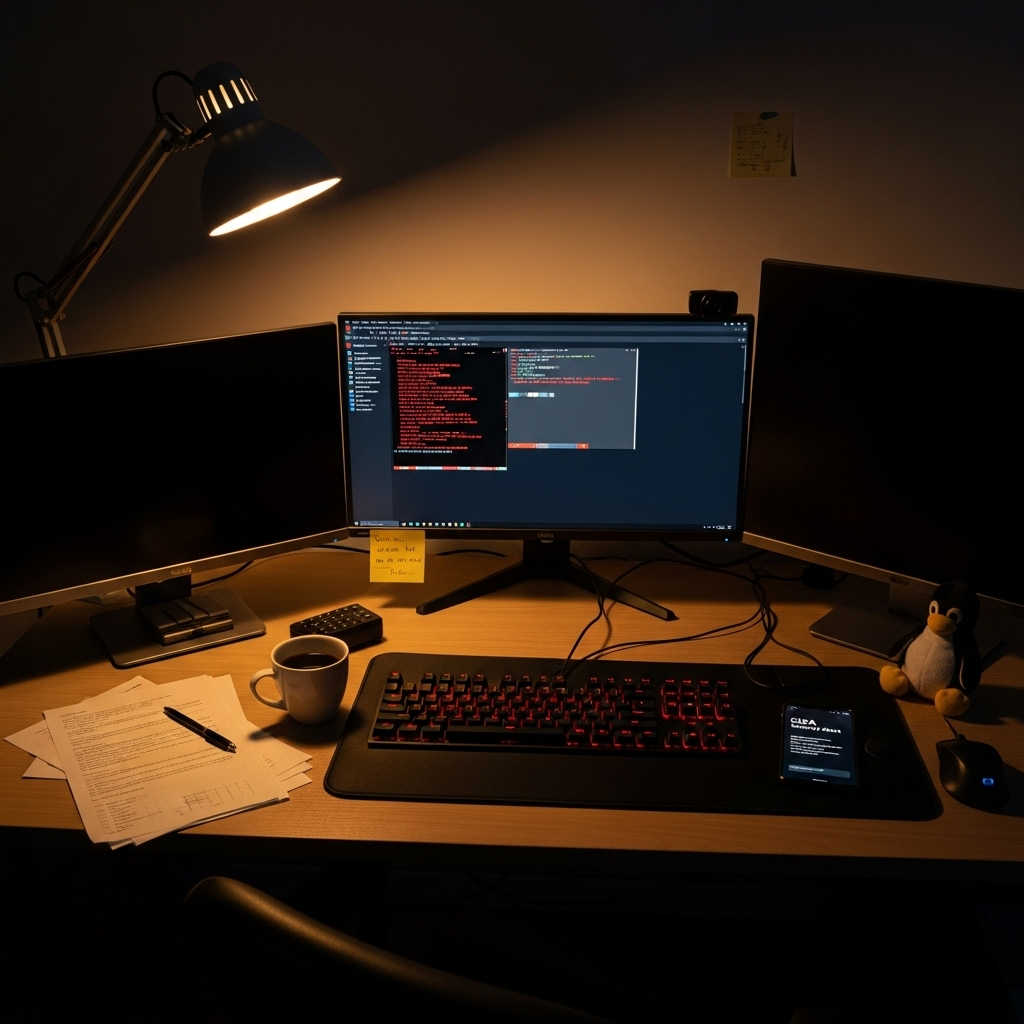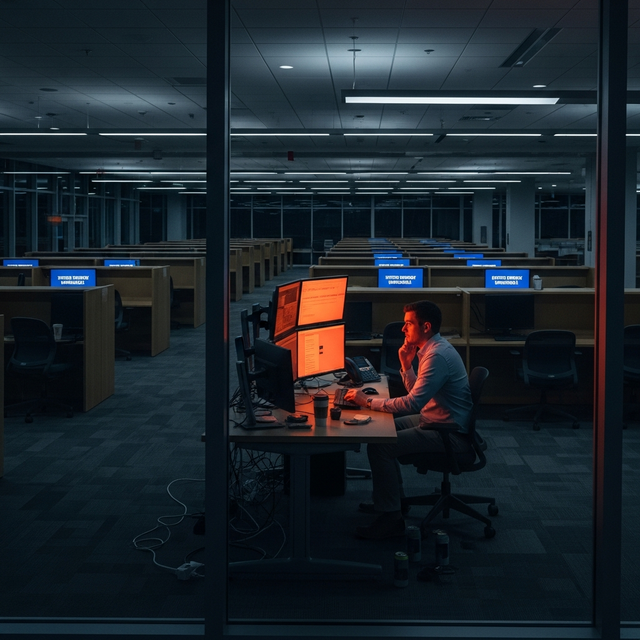How to Protect Your Linux Systems from the Critical Sudo Vulnerability

Critical Linux Sudo Vulnerability: What It Is and How to Fix It Now
Okay, we need to talk about this Sudo thing that's causing chaos in the Linux world right now. If you're running Linux anywhere (your laptop, servers, whatever), this is pretty serious - we're talking "drop what you're doing and patch this" levels of urgent.
What's Going On Here?
So there's this nasty vulnerability in Sudo (that super important tool that lets you run commands with admin privileges) that's being actively exploited right now. Here's the scary part: attackers can use this to get complete control of Linux systems, even if they're not supposed to have admin access. It's like finding out someone can get into your house's master key safe without knowing the combination.
The bug (officially called CVE-2025-32463) affects pretty much every version of Sudo before 1.9.15p2. And yes, hackers are already using this in real attacks - it's not just theoretical anymore.
Why This Is Such a Big Deal
Think of Sudo like the bouncer at an exclusive club. Normally, it only lets specific people (users in the sudoers list) do certain things. This bug? It's like someone found a way to sneak past the bouncer, get into the VIP area, and grab the master keys to the whole building.
CISA (basically the government's cybersecurity SWAT team) is so worried about this that they've issued an emergency alert. When these folks get worried, I get worried.
How to Check If You're Vulnerable
Open up your terminal and run:
sudo -V
If your version is older than 1.9.15p2, you need to update ASAP.
How to Fix It
Here's your step-by-step fix (do this like, right now):
Open your terminal
Update your package list:sudo apt update
Install the latest Sudo package:sudo apt upgrade sudo
Verify the update:sudo -V
Restart your system (yes, actually do it)
Additional Security Steps You Should Take
While you're already thinking about security, here are some extra steps that'll help protect your Linux system from other threats:
1. Lock Down Your Network Access
I've seen way too many Linux boxes exposed to the internet with minimal protection. If you're serious about security, you need a good VPN setup. Personally, I use NordVPN on my Linux machines because it has solid Linux support and some decent security features built in.
2. Set Up Hardware-Based Authentication
For any critical Linux systems, I strongly recommend using a YubiKey for 2FA. It's basically impossible for attackers to bypass, even if they manage to get your password.
3. Monitor Your Systems
You should be watching for unusual activity. I recommend Malwarebytes Premium for Linux - it's caught several weird behaviors on my systems that turned out to be actual attempts to exploit vulnerabilities.
Long-Term Security Best Practices
Keep your system updated (seriously, enable automatic security updates)
Regularly audit your sudoers file
Use the principle of least privilege - don't give users more access than they absolutely need
Monitor system logs for suspicious activity
Back up your important data regularly
Look, I know security updates can be annoying, but this one's really important. Take the five minutes to patch your system now - it'll save you from a potential disaster later.
Quick heads up:Some links in this article are affiliate links. If you buy something through them, we might earn a small commission (doesn't cost you extra). We only recommend stuff we'd actually use ourselves or set up for our own families. No BS recommendations here.


